-
-
 Cardiology
Cardiology
-
 Clinical Oncology
Clinical Oncology
-
 Dental
Dental
-
 Dermatology
Dermatology
-
 Ear, Nose, Throat (ENT)
Ear, Nose, Throat (ENT)
-
 Endocrinology
Endocrinology
-
 Gastroenterology
Gastroenterology
-
 General Surgery
General Surgery
-
 Gynecology & Obstetrics
Gynecology & Obstetrics
-
 Interventional Cardiology
Interventional Cardiology
-
 Nephrology
Nephrology
-
 Neurology
Neurology
-
 Oncology Surgery
Oncology Surgery
-
 Ophthalmology
Ophthalmology
-
 Orthopedics
Orthopedics
-
 Pediatrics
Pediatrics
-
 Pediatrics Surgery
Pediatrics Surgery
-
 Physiotherapy
Physiotherapy
-
 Plastic Surgery
Plastic Surgery
-
 Psychiatry & Psychology
Psychiatry & Psychology
-
 Radiology
Radiology
-
 Urology
Urology
-
 Vascular Surgery
Vascular Surgery
-
CRCA Material Properties: Understanding Strength and Versatility
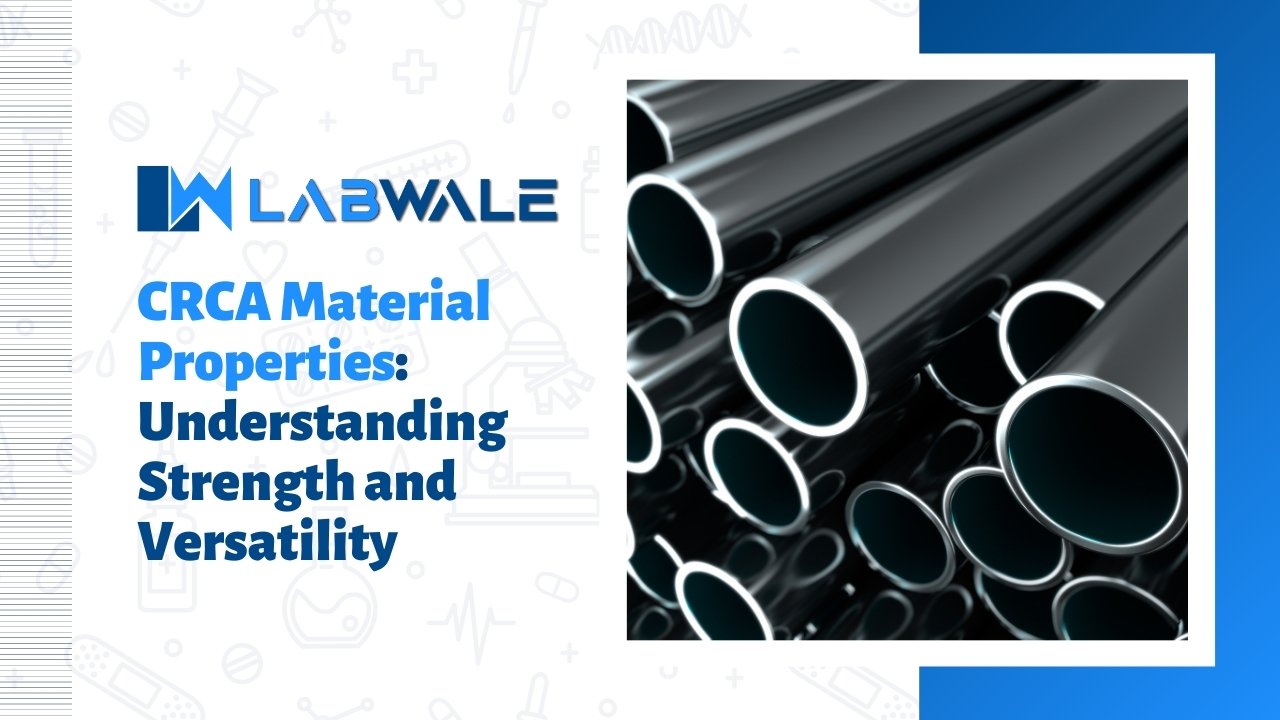
Contents
- Introduction to CRCA Material and Its Importance
- What Is CRCA Steel? An Overview of Cold Rolled Close Annealed Material
- Manufacturing Process of CRCA Steel Sheets
- Chemical Composition of CRCA Material
- Physical Properties of CRCA Steel
- Mechanical Properties of CRCA Material
- Tensile Strength and Yield Strength of CRCA Steel
- Ductility and Formability Characteristics of CRCA Sheets
- Surface Finish and Dimensional Accuracy of CRCA Material
- Hardness Levels and Wear Resistance of CRCA Steel
- Aluminium Metal Turnings (250 gm)
- Antimony Metal Lumps (1 KG)
- Antimony Metal Lumps (2.5 KG)
- Antimony Metal Lumps (500 gm)
- Iron Metal Powder (1 KG)
- Iron Metal Powder (2.5 KG)
- Iron Metal Powder (500 gm)
- Magnesium Metal Powder (250gm)
- Magnesium Metal Powder (500 gm)
- Manganese Metal (2.5 KG)
- Powder Funnel 100 mm
- Powder Funnel 80 mm
- Corrosion Behavior and Protection Methods for CRCA Steel
- Weldability and Machinability of CRCA Material
- Thickness Range and Tolerance Standards in CRCA Sheets
- Comparison Between CRCA Steel and Hot Rolled Steel
- CRCA Material Grades and Industry Standards
- Common Applications of CRCA Steel Across Industries
- Role of CRCA Material in Automotive Manufacturing
- Use of CRCA Steel in Construction and Infrastructure
- Advantages of Using CRCA Material in Fabrication
- Limitations and Challenges of CRCA Steel
- Sustainability and Recyclability of CRCA Material
- How to Choose the Right CRCA Material for Your Application
- Conclusion
- Frequently Asked Questions About CRCA Material Properties
Introduction to CRCA Material and Its Importance
When it comes to selecting materials for manufacturing and construction, the choices can be overwhelming. Yet, one material stands out for its strength and versatility: Cold Rolled Close Annealed (CRCA) steel. This remarkable alloy combines characteristics that make it indispensable across various industries, from automotive to infrastructure.
CRCA steel isn’t just another metal; it’s a game-changer in how we think about durability and performance. Its unique properties allow engineers and manufacturers to create designs that are not only robust but also cost-effective. Whether you’re looking at sleek automotive components or sturdy construction elements, understanding CRCA’s material properties is essential.
Join us as we dive into the fascinating world of CRCA material—exploring what makes it tick, its applications, benefits, challenges, and much more! Discover why this cold-rolled wonder has become a go-to choice for professionals around the globe.
What Is CRCA Steel? An Overview of Cold Rolled Close Annealed Material
CRCA steel, or Cold Rolled Close Annealed material, is a specialized form of cold-rolled steel. It undergoes a meticulous process that enhances its properties for various applications.
This type of steel starts as hot-rolled coil and then goes through cold rolling. The result is thinner sheets with improved surface finish and tighter tolerances. After this step, the close annealing process refines the grain structure, resulting in enhanced ductility and strength.
The unique combination of these processes makes CRCA ideal for industries requiring precision components. From automotive parts to appliances, its versatility shines through every application. Manufacturers appreciate how it provides excellent workability while maintaining structural integrity under stress.
Understanding CRCA’s characteristics can help businesses make informed decisions when selecting materials for their projects.
Manufacturing Process of CRCA Steel Sheets
The manufacturing process of CRCA steel sheets begins with the selection of high-quality hot-rolled coils. These coils are then subjected to cold rolling, a method that reduces their thickness while enhancing strength and surface finish.
During cold rolling, the material is passed through rollers at room temperature. This operation refines the dimensions and produces a smooth, uniform surface. Post-rolling, an annealing process follows, where the steel is heated in controlled environments to relieve internal stresses.
Cooling down gradually allows for improved ductility and formability. The result is a product that’s not only stronger but also more versatile for various applications.
Quality checks are integral throughout this journey. Testing for chemical composition ensures compliance with industry standards before moving on to final treatments that enhance corrosion resistance and durability. Each step contributes significantly to the overall properties of CRCA steel sheets.
Chemical Composition of CRCA Material
CRCA material, or Cold Rolled Close Annealed steel, has a specific chemical composition that contributes to its unique properties. The primary element in CRCA is iron, which forms the backbone of this versatile alloy.
Carbon content typically ranges from 0.07% to 0.15%. This small addition significantly enhances strength and hardness while maintaining ductility. Manganese is often included at levels around 0.30% to 0.60%, improving toughness and wear resistance.
Other elements like phosphorus and sulfur are kept minimal due to their potential impact on mechanical performance. These impurities can weaken the steel if present in high concentrations.
In certain grades, additional alloying elements such as chromium or nickel might be introduced for specialized applications. Each component plays a crucial role in defining the overall behavior of CRCA steel under various conditions.
Physical Properties of CRCA Steel
CRCA steel boasts impressive physical properties that make it a preferred choice in various applications. Its density typically ranges around 7.85 g/cm³, ensuring durability without excessive weight.
The surface finish of CRCA sheets is smooth and often polished, allowing for better aesthetics and easier processing. This characteristic minimizes the need for extensive post-manufacturing treatments.
Additionally, CRCA steel exhibits excellent dimensional stability. It maintains its shape under varying temperatures and conditions, which is crucial in precision engineering.
Its low thermal conductivity means less heat transfer during welding or machining processes, reducing distortion risks.
Moreover, the material’s ability to resist deformation contributes to its popularity across multiple sectors including automotive and construction industries where reliability is paramount.
Mechanical Properties of CRCA Material
Mechanical properties define how CRCA material behaves under various forces and conditions. This steel is known for its exceptional strength, offering a robust performance in numerous applications.
CRCA exhibits impressive tensile strength, allowing it to withstand pulling forces without deforming. Its yield strength is also notable, providing stability under load until reaching the elastic limit.
Ductility plays a crucial role in fabricating complex shapes. The ability to stretch or bend without breaking makes CRCA ideal for diverse manufacturing processes.
In addition, formability ensures that the material can be easily shaped into intricate designs while maintaining structural integrity. This characteristic is essential for industries demanding precision-engineered components.
Moreover, fatigue resistance enhances longevity by enabling CRCA to endure repeated stress cycles over time. These combined mechanical properties make cold rolled close annealed steel an excellent choice for both light and heavy-duty applications across different sectors.
Tensile Strength and Yield Strength of CRCA Steel
Tensile strength and yield strength are critical measures when evaluating CRCA steel. Tensile strength refers to the maximum stress that a material can withstand while being stretched or pulled before breaking. For CRCA steel, this property is typically elevated due to its cold-rolled process.
Yield strength, on the other hand, indicates the point at which a material begins to deform plastically. Beyond this threshold, it won’t return to its original shape. This characteristic ensures that components made from CRCA maintain their integrity under load.
Both properties contribute significantly to the usability of CRCA in various applications. High tensile and yield strengths mean thinner materials can be used without compromising structural safety. This versatility makes CRCA an ideal choice for industries needing robust yet lightweight options in design and engineering tasks.
Ductility and Formability Characteristics of CRCA Sheets
Ductility is a key characteristic of CRCA sheets, allowing them to undergo significant deformation without breaking. This property makes CRCA steel an excellent choice for applications requiring intricate shapes and designs.
Formability refers to the ability of material to be molded or shaped easily. CRCA sheets excel in this area due to their cold-rolled process, which enhances their workability. Manufacturers can bend, stretch, and form these sheets into various configurations.
The high ductility ensures that even under stress, the material retains its integrity. This means fewer defects during manufacturing processes like stamping or deep drawing.
Moreover, consistent mechanical properties across different thicknesses contribute to predictable behavior in fabrication projects. These qualities enable engineers and designers to push creative boundaries while ensuring product reliability.
Surface Finish and Dimensional Accuracy of CRCA Material
The surface finish of CRCA material is a crucial aspect that affects both aesthetics and functionality. Typically, it exhibits a smooth texture, which plays an essential role in various applications. This fine finish minimizes friction during forming processes, enhancing the overall performance.
Dimensional accuracy further complements the quality of CRCA sheets. The manufacturing process ensures tight tolerances are maintained consistently. This precision is vital for components requiring exact measurements to fit seamlessly into assemblies.
Moreover, superior dimensional control reduces waste during fabrication. When parts align perfectly, manufacturers save time and resources while boosting productivity.
Proper surface treatment can also enhance corrosion resistance, making CRCA suitable for diverse environments. Whether it’s automotive or construction applications, having reliable dimensions combined with excellent finishes increases dependability across industries.
Hardness Levels and Wear Resistance of CRCA Steel
CRCA steel is known for its impressive hardness levels, which contribute significantly to its wear resistance. The cold rolling process enhances the material’s surface finish and density, making it tougher against abrasions.
Hardness in CRCA can vary based on its chemical composition and processing methods. Typically, higher carbon content results in increased hardness. This property makes CRCA suitable for applications where durability is paramount.
Wear resistance is another critical aspect of CRCA material. It can withstand harsh conditions while maintaining structural integrity over time. Industries often rely on this feature when selecting materials for components that experience friction or contact with other surfaces.
The balance between hardness and ductility allows manufacturers to achieve optimal performance without compromising flexibility. This versatility positions CRCA as a preferred choice across various sectors, ensuring longevity and reliability in demanding environments.
Corrosion Behavior and Protection Methods for CRCA Steel
Corrosion is a significant concern for CRCA steel, largely due to its exposure to various environmental factors. The cold-rolled close annealed process enhances its surface finish but does not eliminate corrosion susceptibility.
To combat this challenge, several protection methods are employed. Galvanization is one of the most effective techniques, where a protective zinc coating shields the steel from moisture and corrosive agents.
Another approach involves applying organic coatings like paints or primers that create a barrier against environmental elements. These coatings can be tailored for aesthetic appeal as well as functionality.
Additionally, cathodic protection offers another layer of defense by using sacrificial anodes made of more reactive metals. This method redirects potential corrosion away from the CRCA material itself.
Understanding these mechanisms allows industries to extend the lifespan of CRCA products while maintaining performance standards in challenging conditions.
Weldability and Machinability of CRCA Material
CRCA steel is known for its excellent weldability. This characteristic makes it a preferred choice in various fabrication processes. The low carbon content allows for easy fusion during welding, resulting in strong joints.
However, proper techniques and pre-weld preparations are crucial. Adequate surface cleaning prevents contamination, ensuring better adhesion and strength of the welded sections.
When it comes to machinability, CRCA material also stands out. It can be cut, drilled, or shaped with precision using standard machining tools. Its uniformity aids in achieving tight tolerances.
Nevertheless, operators should be aware of the potential for work hardening during machining operations. This can affect tool life and performance if not managed correctly.
Understanding these properties helps manufacturers optimize their production processes while maintaining quality standards.
Thickness Range and Tolerance Standards in CRCA Sheets
CRCA sheets come in various thickness ranges, catering to diverse industrial needs. Typically, these sheets range from 0.3 mm to 3.2 mm in thickness. This versatility allows manufacturers to select the appropriate gauge for specific applications.
Tolerance standards are crucial when working with CRCA material. They ensure that the dimensions of the steel meet exact specifications, which is vital for seamless integration into manufacturing processes.
These tolerance levels can vary based on industry requirements and customer preferences. It’s common to find tolerances specified as ±0.02 mm or tighter, depending on the application.
Maintaining precise thickness and tolerances enhances performance attributes like strength and durability while minimizing waste during fabrication processes. The attention to detail in this aspect of CRCA production plays a significant role in achieving quality results across various sectors.
Comparison Between CRCA Steel and Hot Rolled Steel
CRCA steel and hot rolled steel serve different purposes in various applications. CRCA, or Cold Rolled Close Annealed material, undergoes a meticulous manufacturing process that enhances its surface finish and dimensional precision.
In contrast, hot rolled steel is produced at elevated temperatures. This method allows for easier shaping but often results in rougher surfaces and less stringent tolerances.
When it comes to strength, CRCA typically boasts superior tensile properties due to the cold rolling process which aligns the metal’s grain structure more favorably for load-bearing applications.
On the other hand, hot rolled steel tends to be less expensive and may be preferred for structural components where aesthetic finishes are not critical.
Choosing between these materials hinges on specific project needs, including strength requirements and surface quality expectations. Each has its unique advantages based on intended use.
CRCA Material Grades and Industry Standards
CRCA material is classified into various grades, each tailored to suit specific applications and performance requirements. These grades are defined by industry standards that ensure consistency in quality and characteristics.
Standards such as ASTM A1008 and ISO 3574 outline the necessary specifications for CRCA steel sheets. Compliance with these regulations guarantees that manufacturers maintain uniformity across products.
The most common CRCA grades include SPCC (cold-rolled carbon steel) and SPCD (deep-drawing quality). These classifications reflect differences in chemical composition, mechanical properties, and intended use.
Understanding these grades helps engineers select the right type of CRCA material for their projects. By adhering to established norms, industries can achieve optimal durability and reliability while minimizing production risks.
Common Applications of CRCA Steel Across Industries
CRCA steel, with its unique blend of strength and versatility, finds extensive use across various industries. In automotive manufacturing, it serves as a key material for body panels and structural components. The lightweight yet strong nature of CRCA helps improve fuel efficiency while maintaining safety standards.
In the construction sector, this material is favored for fabricating frames and support structures. Its dimensional accuracy ensures that installations are precise and reliable.
Additionally, appliances such as washing machines and refrigerators often incorporate CRCA sheets due to their excellent surface finish. This not only enhances aesthetics but also provides durability against wear.
Electronics manufacturers utilize CRCA steel for enclosures because of its impressive shielding properties against electromagnetic interference. From everyday items to critical infrastructure projects, CRCA’s adaptability continues to make it a go-to choice in many applications.
Role of CRCA Material in Automotive Manufacturing
CRCA material plays a pivotal role in automotive manufacturing due to its unique properties. The cold rolling process enhances its strength while maintaining lightweight characteristics, making it ideal for various components.
Manufacturers utilize CRCA steel for body panels, chassis parts, and structural elements. Its versatility allows for intricate designs without compromising durability.
The high degree of formability ensures that complex shapes can be achieved with precision. This flexibility is crucial as vehicles require both aesthetic appeal and robust construction.
Moreover, the superior surface finish of CRCA sheets supports paint adhesion and lowers corrosion susceptibility. This significantly extends the lifespan of automotive products.
As fuel efficiency becomes a priority, using lighter materials like CRCA helps reduce overall vehicle weight without sacrificing safety or performance standards. Hence, this material continues to drive innovation within the industry, catering to evolving market demands.
Use of CRCA Steel in Construction and Infrastructure
CRCA steel plays a vital role in the construction and infrastructure sectors. Its strength, coupled with excellent formability, makes it suitable for various applications.
Builders often choose CRCA sheets for roofing components, wall panels, and structural supports. The material’s dimensional accuracy ensures that construction elements fit seamlessly during assembly.
Moreover, CRCA’s versatility allows it to be easily shaped into different profiles required for intricate designs. This adaptability reduces waste and enhances overall project efficiency.
Additionally, the cold rolling process results in improved surface quality. A smooth finish not only adds aesthetic value but also helps in reducing maintenance costs over time.
The lightweight nature of CRCA steel simplifies transportation and handling on-site. Workers can manage larger panels without heavy equipment, streamlining workflow dramatically.
Engineers appreciate its favorable mechanical properties when designing load-bearing structures or frameworks that demand reliability under pressure.
Advantages of Using CRCA Material in Fabrication
CRCA material offers remarkable advantages in fabrication due to its unique properties. The cold-rolled process enhances dimensional accuracy, making it ideal for precision components. This means reduced waste and improved fit during assembly.
Additionally, CRCA steel is known for its excellent surface finish. A smooth surface not only improves aesthetics but also facilitates further processing, such as painting or coating.
Another key benefit is the material’s high tensile strength combined with ductility. These characteristics allow manufacturers to create complex shapes without compromising structural integrity.
Moreover, CRCA materials are versatile across various applications—from automotive parts to furniture frames—making them a preferred choice in diverse industries.
Cost-effectiveness is another significant advantage. With lower production costs and minimal finishing requirements, businesses can achieve better margins while maintaining quality standards.
Utilizing CRCA in fabrication opens doors to innovation while ensuring durability and performance.
Limitations and Challenges of CRCA Steel
CRCA steel, while highly versatile, does have its limitations. One significant challenge is its susceptibility to corrosion without proper treatment. This can be a concern in environments where moisture and chemicals are prevalent.
Another limitation lies in its strength compared to other materials. Although CRCA offers good tensile strength, it may not withstand extreme loads as effectively as hot-rolled counterparts.
Weldability can also present difficulties. The cold rolling process creates residual stresses that might affect joint integrity during welding processes.
Additionally, the thickness range of CRCA sheets poses constraints for specific applications requiring thicker materials. Manufacturers must consider these factors carefully when selecting CRCA for projects.
Cost fluctuations in raw materials can impact pricing stability, affecting budget considerations for industries relying on this type of steel.
Sustainability and Recyclability of CRCA Material
Sustainability is a growing concern in today’s manufacturing landscape, and CRCA material offers promising solutions.
Being primarily composed of steel, CRCA can be recycled without loss of quality. This means that old products made from CRCA can be transformed into new ones, reducing waste and conserving resources.
The energy consumption involved in recycling steel is significantly lower than producing it from raw materials. This not only minimizes the carbon footprint but also supports circular economy principles.
Moreover, many manufacturers are incorporating sustainable practices during production to limit environmental impact. By using advanced technologies, they ensure minimal waste generation while optimizing resource utilization.
With increasing awareness around sustainability initiatives, the demand for eco-friendly materials like CRCA continues to rise across various industries. Embracing such materials aligns with both regulatory requirements and consumer preferences toward greener options.
How to Choose the Right CRCA Material for Your Application
Selecting the right CRCA material requires a clear understanding of your project needs. Start by evaluating the specific application and its requirements, such as strength, ductility, and surface finish.
Consider the environment where the material will be used. Factors like exposure to moisture or chemicals can influence corrosion resistance decisions.
Next, think about thickness and tolerances; these will affect fabrication processes and final dimensions. Ensure that you adhere to industry standards relevant for your sector.
Don’t overlook mechanical properties such as tensile and yield strength. Different grades of CRCA offer varying performance levels based on application demands.
Consult with suppliers or manufacturers who can provide insights into their product offerings tailored to your specifications. The right choice leads not only to optimal functionality but also longevity in performance.
Conclusion
CRCA material stands out due to its impressive balance of strength and versatility. It’s a preferred choice across various industries, from automotive to construction, thanks to its reliable properties.
With consistent surface finishes and tight dimensional tolerances, CRCA steel ensures quality in fabrication processes. Its ability to withstand stress while maintaining ductility makes it ideal for complex shapes.
Sustainability also plays a vital role in the adoption of CRCA materials. The recyclability factor is increasingly important for manufacturers aiming for eco-friendly practices.
As more businesses recognize the benefits of using this material, innovations continue to emerge. These advancements enhance performance characteristics and broaden application possibilities further.
Choosing the right grade of CRCA can significantly impact product longevity and functionality. Awareness about these factors is essential for making informed decisions in manufacturing processes.
Frequently Asked Questions About CRCA Material Properties
Understanding CRCA material properties is essential for anyone involved in industries that rely on steel. The versatility and strength of Cold Rolled Close Annealed (CRCA) steel make it a preferred choice across various applications.
Now, let’s address some common questions regarding CRCA material properties:
What are the main advantages of using CRCA steel?
CRCA steel offers excellent surface finish, dimensional accuracy, and high tensile strength. Its superior ductility allows for intricate designs and shapes.
How does the chemical composition affect its mechanical properties?
The specific alloying elements in CRCA impact its hardness, yield strength, and overall performance under stress. A proper balance leads to enhanced durability.
Is CRCA resistant to corrosion?
While CRCA has moderate corrosion resistance due to its iron content, additional protective measures such as galvanization can extend its lifespan significantly.
Can you weld or machine CRCA material easily?
Yes, but certain precautions should be taken during welding to avoid weaknesses in joint integrity. Machining is also feasible with suitable tools that account for hardness levels.
What thickness range do CRCA sheets typically come in?
CRCA sheets are available in various thicknesses ranging from 0.3 mm to several millimeters thick, allowing flexibility depending on application needs.


 Anatomy Lab Equipments
Anatomy Lab Equipments
 Biochemistry Lab Equipments
Biochemistry Lab Equipments
 Biology Lab Equipments
Biology Lab Equipments
 Chemistry Lab Equipments
Chemistry Lab Equipments
 Cytology Lab Equipments
Cytology Lab Equipments
 Cytopathology Lab Equipments
Cytopathology Lab Equipments
 Dental Lab Equipments
Dental Lab Equipments
 Forensic Lab Equipments
Forensic Lab Equipments
 Genetics Lab Equipments
Genetics Lab Equipments
 Hematology Lab Equipments
Hematology Lab Equipments
 Histology Lab Equipments
Histology Lab Equipments
 Histopathology Lab Equipments
Histopathology Lab Equipments
 Mathematics Lab Equipments
Mathematics Lab Equipments
 Microbiology Lab Equipments
Microbiology Lab Equipments
 Molecular Biology Lab Equipments
Molecular Biology Lab Equipments
 Pathology Lab Equipments
Pathology Lab Equipments
 Pharmaceutical Lab Equipments
Pharmaceutical Lab Equipments
 Physics Lab Equipments
Physics Lab Equipments
 Radiology Lab Equipments
Radiology Lab Equipments
 Science Lab Kit’s
Science Lab Kit’s
 Toxicology Lab Equipments
Toxicology Lab Equipments

 Borosilicate Glass Beaker
Borosilicate Glass Beaker
 Plastic Beaker (Euro Design)
Plastic Beaker (Euro Design)
 Plastic Beaker (Printed Graduation)
Plastic Beaker (Printed Graduation)
 Test Tube Brush
Test Tube Brush
 Measuring Cylinder Brush
Measuring Cylinder Brush
 Conical Flask Brush
Conical Flask Brush
 Volumetric Flask Brush
Volumetric Flask Brush
 Round Bottom Flask Brush
Round Bottom Flask Brush
 Glass Beaker Brush
Glass Beaker Brush
 Pipette Brush
Pipette Brush
 Wash Bottle Brush
Wash Bottle Brush
 Borosilicate Büchner Flask
Borosilicate Büchner Flask
 Borosilicate Erlenmeyer/Conical Flask
Borosilicate Erlenmeyer/Conical Flask
 Borosilicate Pear-Shaped Flask
Borosilicate Pear-Shaped Flask
 Borosilicate Round Bottom Flask
Borosilicate Round Bottom Flask
 Plastic Conical Flask
Plastic Conical Flask
 Plastic Volumetric Flask
Plastic Volumetric Flask
 Bunsen Burner
Bunsen Burner
 Spirit Lamp
Spirit Lamp
 Borosilicate Glass Burette
Borosilicate Glass Burette
 Plastic Burette
Plastic Burette
 Capillary Tube
Capillary Tube
 Centrifuge Tube
Centrifuge Tube
 Test Tube
Test Tube
 Ria Vial
Ria Vial
 Vacutainer Tubes
Vacutainer Tubes
 Syringes
Syringes
 Student Microscope
Student Microscope
 Binocular Microscope
Binocular Microscope
 Dissecting Microscope
Dissecting Microscope
 Microscope Glass Slides
Microscope Glass Slides
 Cover Slip
Cover Slip
 Inoculating Loop
Inoculating Loop
 Slide Box
Slide Box
 Lamps
Lamps
 Oils
Oils
 Beaker Tongs
Beaker Tongs
 Crucible Tongs
Crucible Tongs
 Flask Tongs
Flask Tongs
 Borosilicate Glass Funnel
Borosilicate Glass Funnel
 Plastic Funnels
Plastic Funnels
 Wash Bottle
Wash Bottle
 Borosilicate Glass Reagent Bottle
Borosilicate Glass Reagent Bottle
 Plastic Reagent Bottle
Plastic Reagent Bottle
 Borosilicate Measuring Cylinder
Borosilicate Measuring Cylinder
 Plastic Measuring Cylinder
Plastic Measuring Cylinder
 Borosilicate Glass Graduated Pipette
Borosilicate Glass Graduated Pipette
 Borosilicate Glass Volumetric Pipette
Borosilicate Glass Volumetric Pipette
 HB Pipette
HB Pipette
 Pasteur Pipette
Pasteur Pipette
 Micropipettes
Micropipettes
 Micropipette Tips
Micropipette Tips
 Filter Paper
Filter Paper
 Litmus Paper
Litmus Paper
 pH Paper
pH Paper
 Chromatography Paper
Chromatography Paper
 Plastic Petri Plates (Sterile)
Plastic Petri Plates (Sterile)
 Glass Petri Plates (Non-Sterile)
Glass Petri Plates (Non-Sterile)
 Safety Goggles
Safety Goggles
 Lab Coats
Lab Coats
 Gloves
Gloves
 Masks
Masks
 Shoe Covers
Shoe Covers
 Hair & Beard Covers
Hair & Beard Covers
 Steel Spatula
Steel Spatula
 Plastic Spatula
Plastic Spatula
 Hitachi Sample Cup
Hitachi Sample Cup
 Plastic Scoop
Plastic Scoop
 Plastic Medicine Cup
Plastic Medicine Cup
 Dissecting Tool Kit
Dissecting Tool Kit
 Dissecting Forceps
Dissecting Forceps
 Hemostatic Forceps
Hemostatic Forceps
 Thumb Forceps / Tweezers
Thumb Forceps / Tweezers
 Blood Culture Bottle
Blood Culture Bottle
 Urine Container
Urine Container
 Wooden Swab Stick
Wooden Swab Stick
 Test Tube Holder
Test Tube Holder
 Test Tube Racks
Test Tube Racks
 Magnifying Glass
Magnifying Glass
 Watch Glass
Watch Glass
 Mortar and Pestle
Mortar and Pestle
 Coplin Jar
Coplin Jar
 Plastic Stirrer
Plastic Stirrer
 Glass Stirrer
Glass Stirrer
 Crucible
Crucible
 Tripod
Tripod
 Wire Mesh
Wire Mesh
 Laboratory Thermometer
Laboratory Thermometer
 Tourniquet
Tourniquet
 Alcohol Swab
Alcohol Swab
 Blood Lancet
Blood Lancet
 Bandage
Bandage
 Gloves & Masks
Gloves & Masks








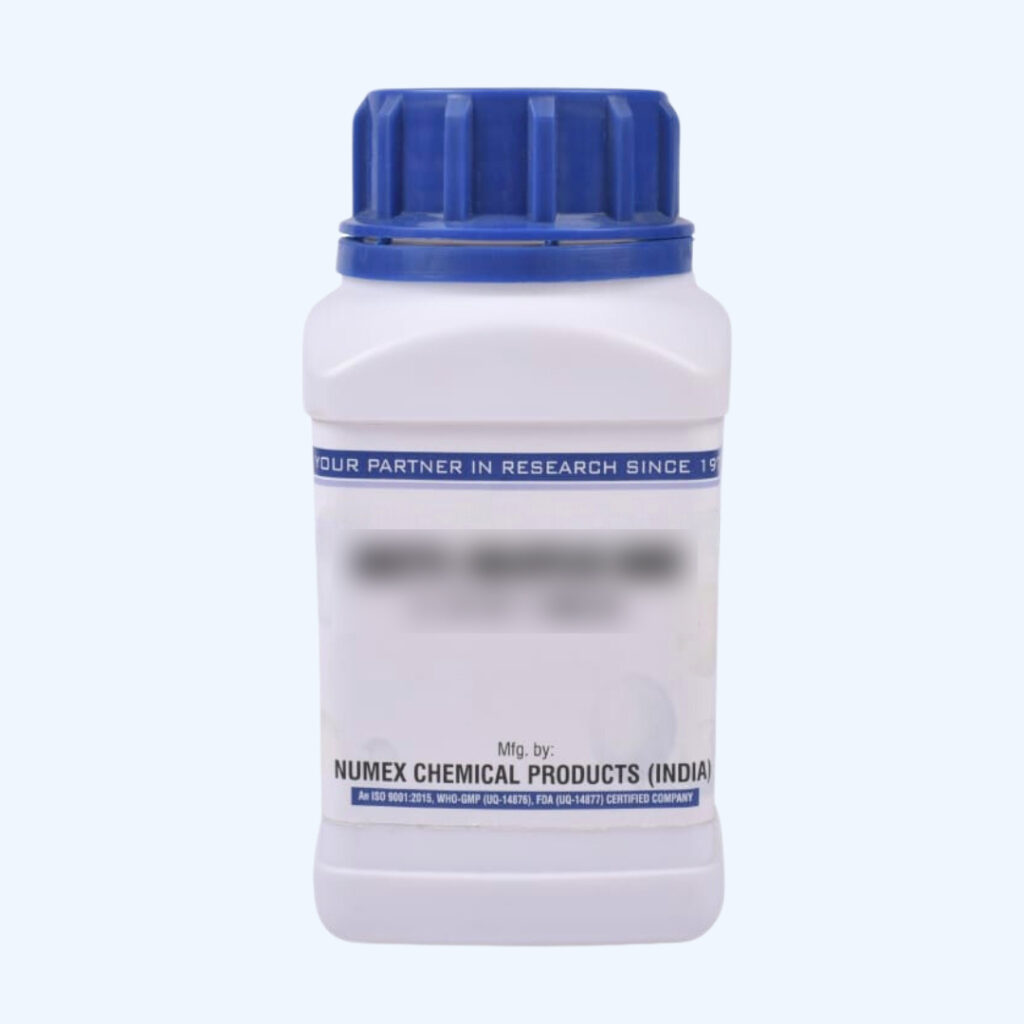
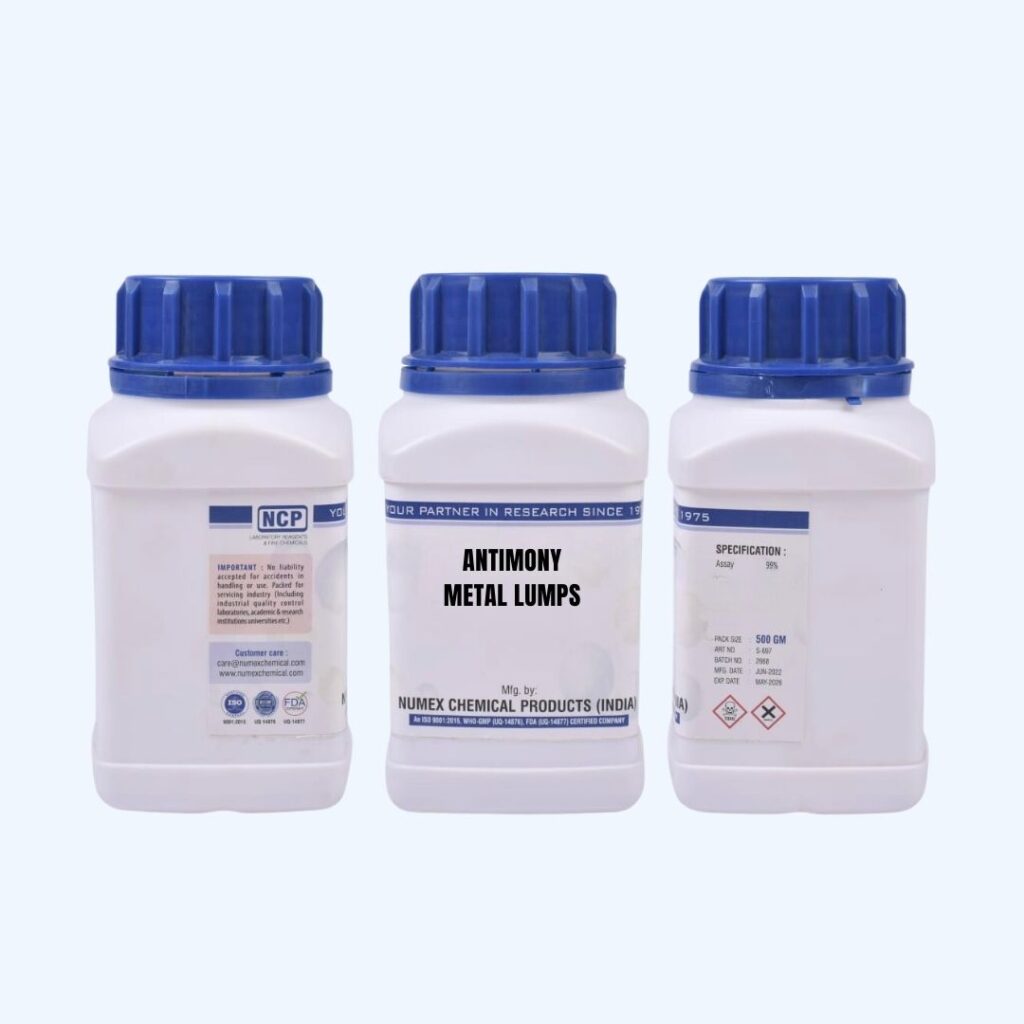
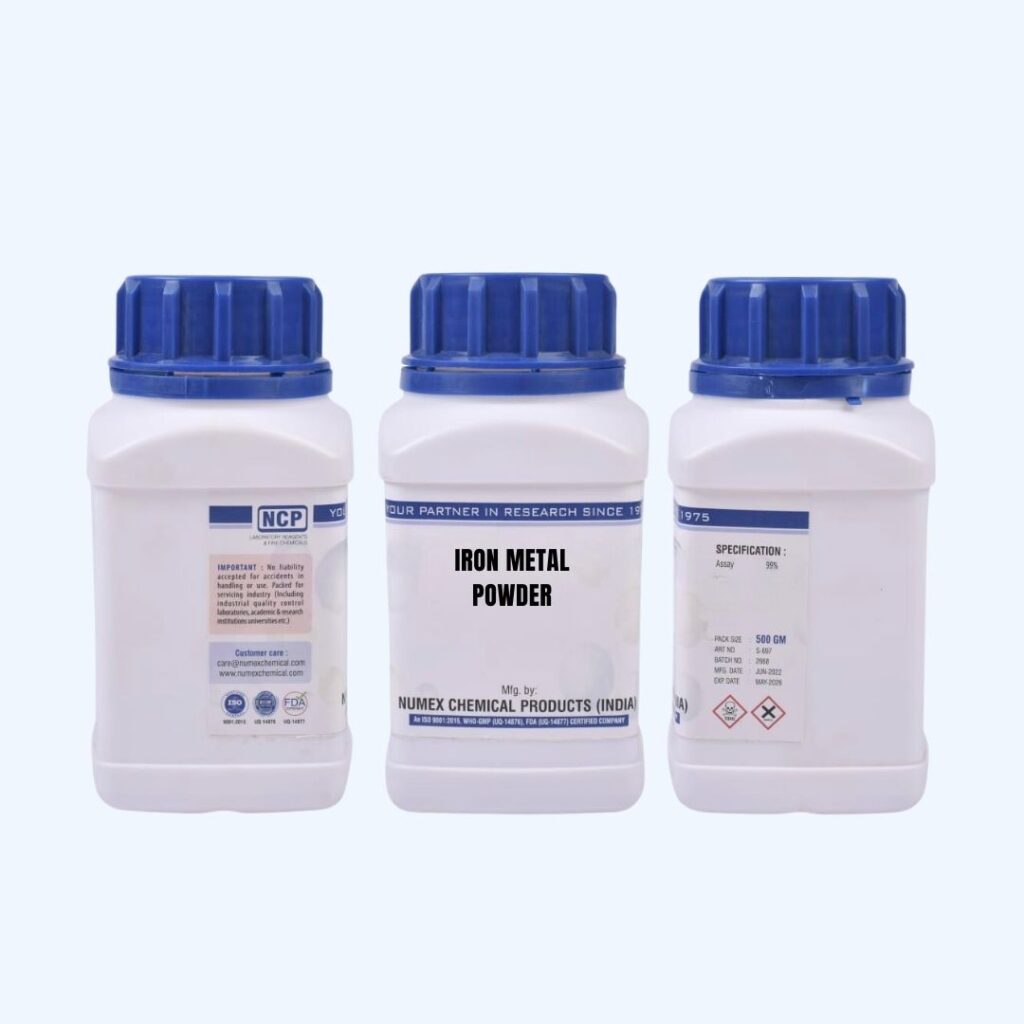
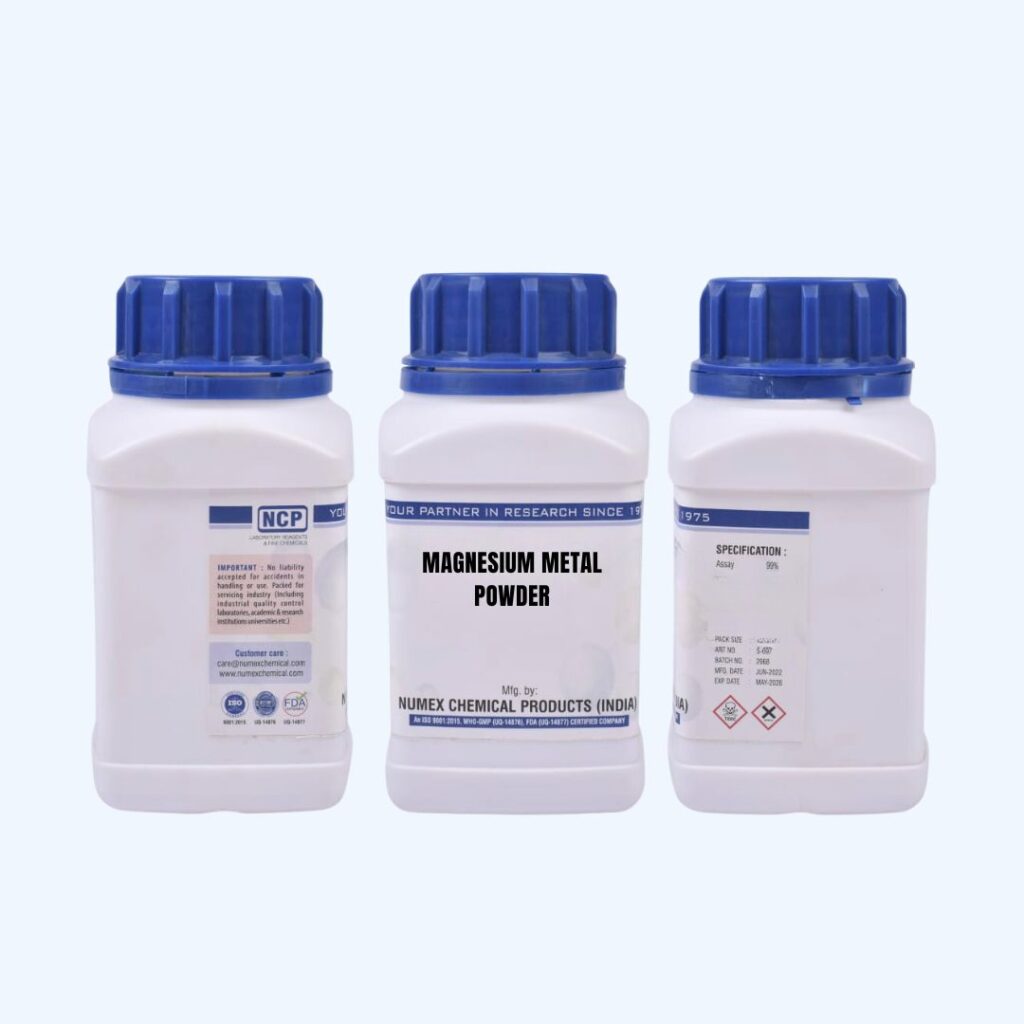
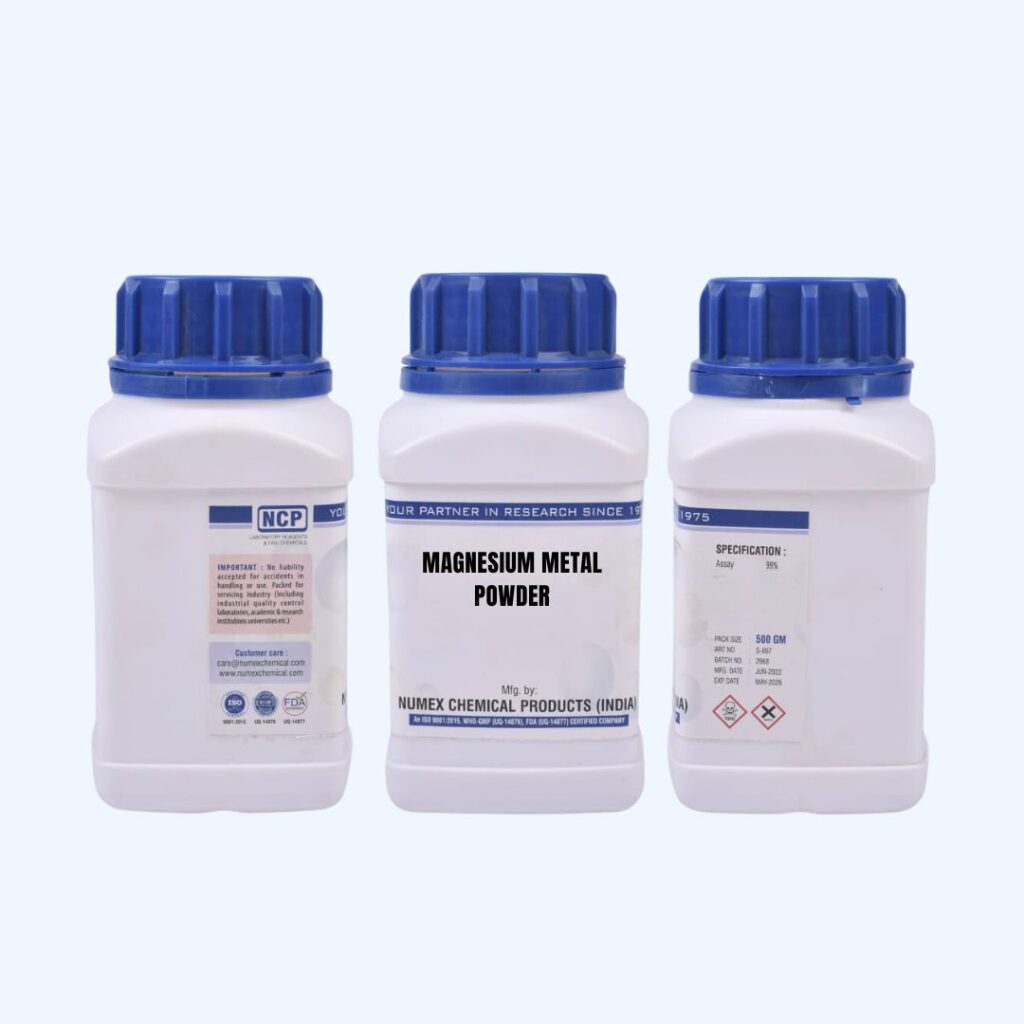
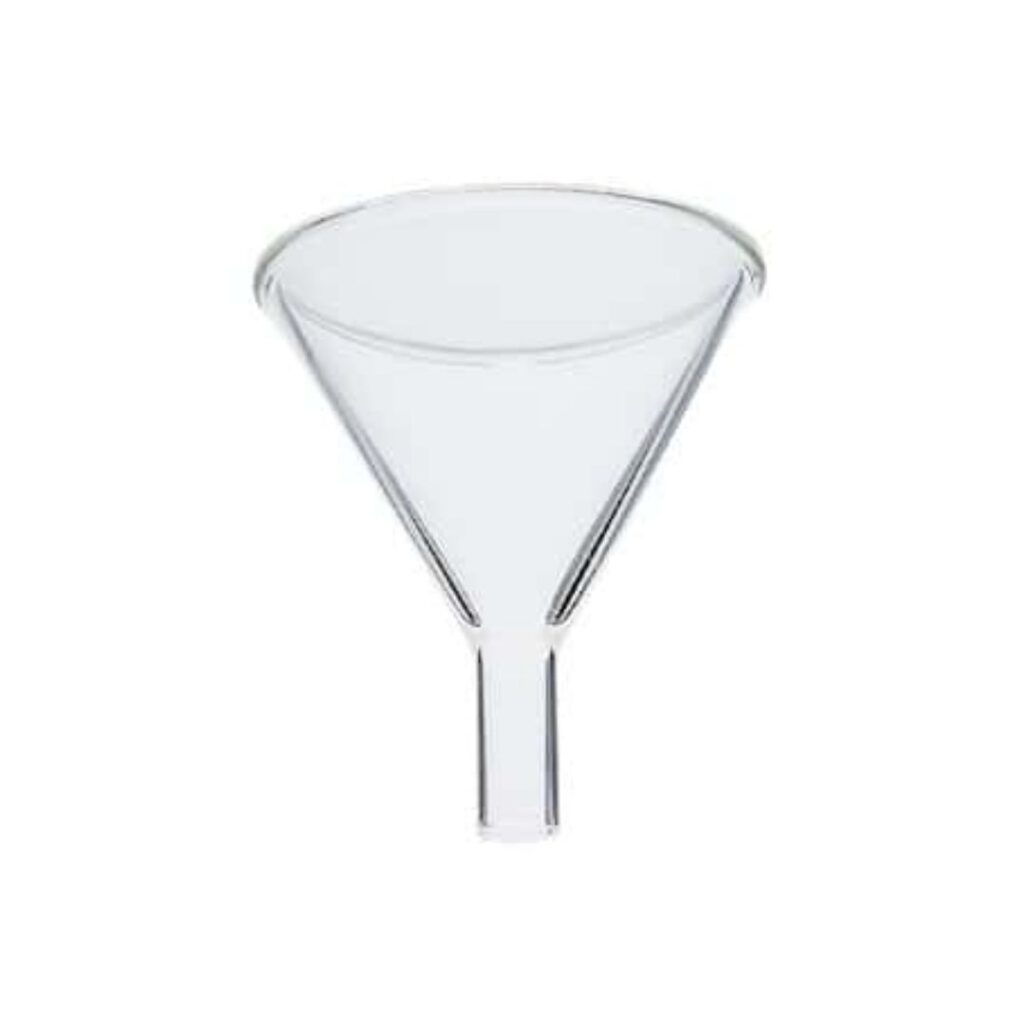
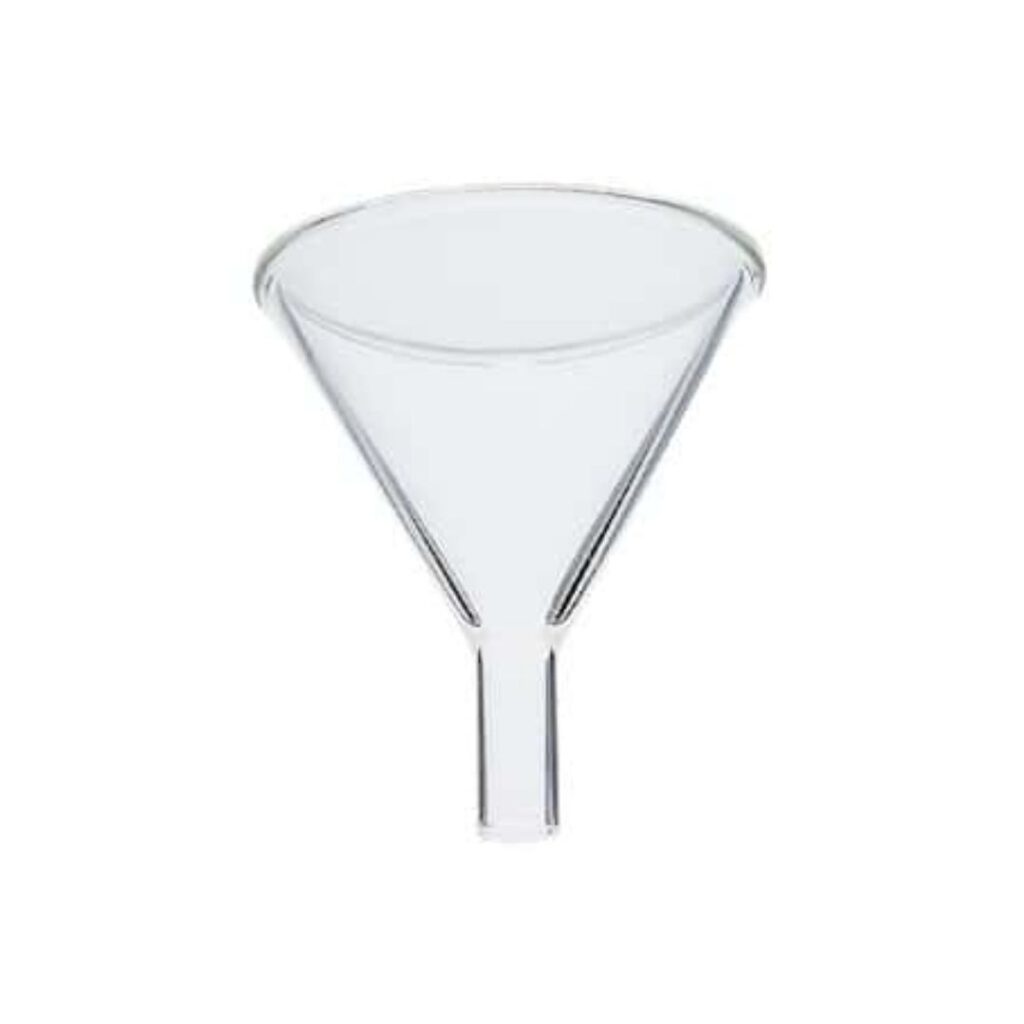
 Cardiology
Cardiology Clinical Oncology
Clinical Oncology






